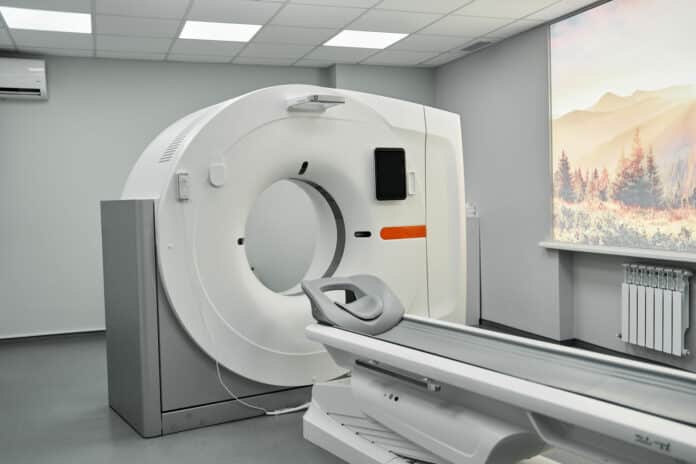Scientists from the University of Houston have developed a high-temperature superconducting coil. This coil allows magnetic resource imaging (MRI) scanners to generate higher-resolution images within a very short time. This novel superconducting coil can expose brain structure. Generally, brain structure could not easily visualize by common MRI coils.
Working of this Superconducting Coil
The superconducting cryo-coil works by optimizing the signal-to-noise ratio (SNR). SNR is the measurement of signal strength, which carries important information by a factor of two to three. Although SNR is critical to the successful implementation of high-resolution and fast imaging.
Compared to common coils, these cryo-coils expose more details due to their improved SNR and enough sensitivity to see. These details will remain hidden in conventional coils even when image acquisition is repeated endlessly.
Primarily, the investigation was optimized to image the rat’s brain. It may be useful for biomedical research involving neurological disorders. It will be used for various biomedical research, including neurological disorders. Similarly, it also has direct implications for human health care.

Wosik, a principal investigator at the Texas Center for Superconductivity at UH, said, “Research in animal models yields critical information to improve diagnosis and treatment of human diseases and disorders. This work also has the potential to clearly benefit clinical MRI, both through high-quality imaging and through shortening the time patients are in the scanner.”
In conclusion, the performance of this superconducting coil leads either to an increase in imaging resolution and quality or to a very significant reduction in total scan time. Additionally, the coil can be optimized for experiments on living animals or brain tissue samples. According to researchers, this is an isotropic resolution of 34 microns in rat brain imaging. To use in MRI coils, superconductivity lies at the heart of MRI scanning systems. It is like extreme high-field magnets, depending on the superconducting wire.
